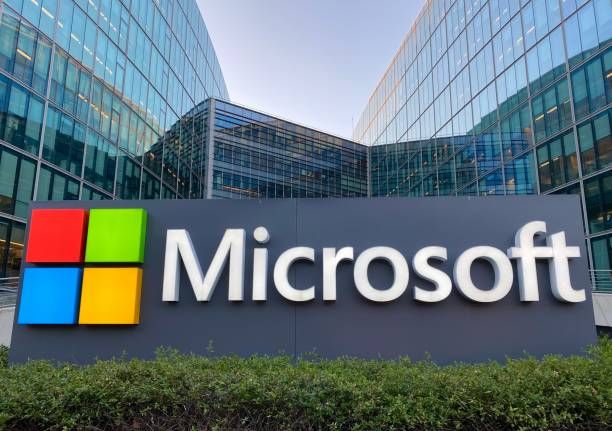From its inception, Microsoft stood out as an innovator in the software industry. Fast forward to the 21st century, and the tech giant has evolved, diversifying its reach. One of the most intriguing strategies Microsoft employs is its knack for acquiring influential companies. When the news broke of Microsoft buying GitHub, or when it added LinkedIn to its portfolio, the tech world buzzed with speculation and excitement.
Why Acquisitions? Understanding Microsoft’s Approach
Acquiring companies isn’t just about buying out the competition or monopolizing the market. For Microsoft, it’s about integration and expansion. Let’s break down some of the significant acquisitions:
- LinkedIn: Microsoft’s $26.2 billion acquisition of LinkedIn in 2016 was a strategic move. LinkedIn, the world’s largest professional network, opened doors for Microsoft in the social networking domain. The acquisition offered a chance to integrate LinkedIn’s network with Microsoft’s cloud services and Office tools.
- GitHub: In 2018, Microsoft purchased GitHub for $7.5 billion. GitHub, a hub for software developers, bolstered Microsoft’s stance with the developer community. By integrating GitHub with Microsoft’s developer tools, the company showed its commitment to open-source software and developer-first initiatives.
Benefits and Integration Tactics
Both these acquisitions show Microsoft’s approach to embracing communities instead of just software.
- Enhancing Productivity Tools: Post the LinkedIn acquisition, Microsoft began integrating LinkedIn’s functionalities into its Office suite. Imagine getting LinkedIn insights directly within your Microsoft apps, tailoring professional communication more efficiently.
- Open Source Embrace: By acquiring GitHub, Microsoft took a significant step into the world of open source. Not just an act of goodwill, this move allowed Microsoft to be at the forefront of global code developments.
Ripples in the Tech Pond
Every time Microsoft announces a new acquisition, the tech community takes notice. Why? Because it sets a trend. For instance:
- Developer Engagement: Post the GitHub acquisition, more developers leaned towards Microsoft tools and technologies. The once “Windows-critical” community began seeing Microsoft as a pro-developer company.
- Redefining Professional Networking: With LinkedIn under its belt, Microsoft has started shaping the future of professional networking. LinkedIn, combined with Microsoft’s AI and enterprise services, might redefine professional networking.
Expanding Horizons: What Lies Beyond
While LinkedIn and GitHub are substantial acquisitions, Microsoft hasn’t stopped there. Their purchase list includes companies specializing in cloud, gaming, AI, and more. Each acquisition is a piece of the puzzle, helping Microsoft to craft a well-rounded ecosystem for both enterprises and individual users.
Take a moment to think about it. As the digital realm grows and industries overlap, the tech world is becoming akin to an online casino with live dealers. Companies place their bets, take calculated risks, and hope for a jackpot. In Microsoft’s case, their strategic acquisitions seem to be their game of poker. They’re not just playing their cards right; they’re reshaping the table.
Conclusion: The Symphony of Synergy
Microsoft’s acquisition strategy is a lesson in foresight. It’s not just about buying companies; it’s about understanding the evolving tech landscape and staying several steps ahead. Whether you’re a developer, a professional networker, or just someone who uses a computer, these acquisitions impact you. They shape the tools you use, the networks you engage with, and the digital trends of tomorrow.
In essence, Microsoft isn’t merely purchasing companies; it’s acquiring visions, blending them with its ethos, and crafting a tech future that seems both innovative and inclusive. So, the next time you hear about a new Microsoft acquisition, remember: it’s not just a business move. It’s a step into the future.
